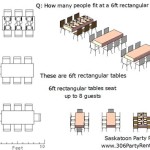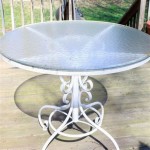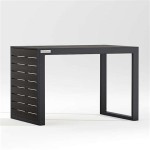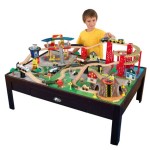Fall Container Vegetable Garden for Homegrown Autumn Delights
As the summer fades and autumn approaches, it's time to embrace the bounties of fall gardening. Container vegetable gardens offer a versatile and space-saving way to cultivate fresh, homegrown vegetables well into the cooler months. With careful planning and proper care, you can bring the flavors of autumn to your table, straight from your own backyard.
Choosing the Right Containers
The size and material of your containers should correspond to the vegetables you plan to grow. For leafy greens and herbs, choose containers that are at least 12 inches deep and wide. For root vegetables like carrots and beets, opt for deeper containers with good drainage. Durable materials like terracotta, plastic, or glazed ceramic offer good insulation and longevity.
Selecting Fall-Friendly Varieties
When choosing vegetables for your fall container garden, select varieties that thrive in cooler temperatures. Good options include:
- Leafy Greens: Kale, spinach, lettuce, arugula
- Root Vegetables: Carrots, beets, radishes
- Brassicas: Broccoli, cauliflower
- Herbs: Parsley, thyme, oregano, rosemary
Preparing the Soil
Use a high-quality potting mix specifically formulated for container gardening. Amend it with organic matter like compost or manure to improve fertility and drainage. Ensure the soil has good drainage by mixing in perlite or vermiculite. A pH of 6.0 to 6.5 is ideal for most vegetables.
Planting and Spacing
When planting, follow the recommended spacing on the seed packets or plant labels. Plant seedlings deep enough to cover their roots, but avoid burying the stems. Water the plants thoroughly after planting.
Watering and Fertilizing
Container vegetables require regular watering, especially during hot or dry weather. Water deeply and consistently, but avoid overwatering. Fertilize the plants every 2-3 weeks with a balanced liquid fertilizer. Follow the instructions on the fertilizer label for proper application.
Protecting Your Plants from Cold
As temperatures drop, protect your plants from frost by moving them indoors or covering them with row covers or plastic sheeting. You can also provide additional insulation by wrapping the containers with burlap or blankets.
Harvesting and Storing
Harvest your vegetables when they reach maturity. Use sharp shears or knives to cut them from the plant. Store leafy greens and herbs in the refrigerator for a few days. Root vegetables should be stored in a cool, dark place, such as a root cellar or refrigerator, to extend their shelf life.
With a little planning and care, you can enjoy a bountiful harvest from your fall container vegetable garden well into the autumn months. Experiment with different varieties and grow your favorite vegetables for a delicious and homegrown taste of the season.

Container Vegetable Gardening Designing Your Garden

Vegetable Garden Container Ideas For Growing Crops In Pots

How To Grow Vegetables In Containers From Spring Fall

12 Gorgeous Fall Garden Container And Planter Ideas Eising Centre

20 Best Vegetables For Container Gardening Growing In The Garden

How To Create Colorful Easy Diy Edible Fall Planters Lettuce Grow Something

35 Creative Container Vegetable Garden Ideas A Piece Of Rainbow

12 Container Vegetable Garden Ideas Gardening Vegetables Growing In Pots Backyard

How To Grow Veggies In Pots And Planters At Home
:max_bytes(150000):strip_icc()/lettuce-grow-container-garden-x-85d9b872535b4ca895ca2081c02ce216.jpg?strip=all)
115 Of Our Best Container Gardening Ideas
Related Posts








